Introduction
In today’s rapidly evolving business landscape, organizations strive to extract valuable insights from vast amounts of data. In this blog post, let’s explore how Netwoven leverages Power BI to analyze Jive data and deliver valuable insights. Understanding the Jive inventory and content structure is crucial for successful migrations of Jive content to Microsoft 365 or another platform.
Overview
On the first page of our Power BI report, we provide a comprehensive overview of the data migration project, offering a glimpse into the vast amount of data that needs to be migrated. Through interactive visualizations, users can quickly assess the scope and magnitude of the task at hand.
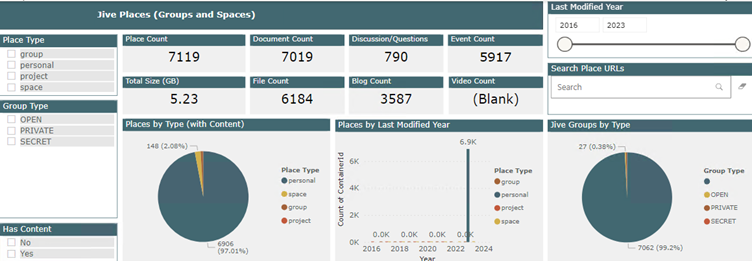
At the top of the page, we present key metrics such as the total size of data that needs to be migrated. This information gives stakeholders an immediate understanding of the scale of the project, enabling them to allocate appropriate resources and plan accordingly.
Additionally, our Power BI report provides insights into the organizational structure by highlighting the number of groups, spaces, projects, and personal spaces within the collaboration platform. With interactive filtering capabilities, users can drill down into specific areas of interest, such as identifying which spaces or projects have content that needs to be migrated.

One of the key features of the on the report is a dynamic table as shown above that showcases the source URLs and their corresponding content types. This table serves as a valuable reference for decision-making, as it allows users to assess the distribution of discussions, blogs, and documents across different areas of the collaboration platform. By analyzing this information, stakeholders can make informed decisions about where to migrate groups, spaces, or projects within SharePoint, considering factors such as the volume of discussions, blogs, and documents.
For example we have clients who want to migrate only the data modified in the last 3 years. As shown below in the below picture, one can adjusted the slicer to filter the content modified between 2019 and 2022. This allows you to quickly identify the data that needs to be migrated based on the specified timeframe.
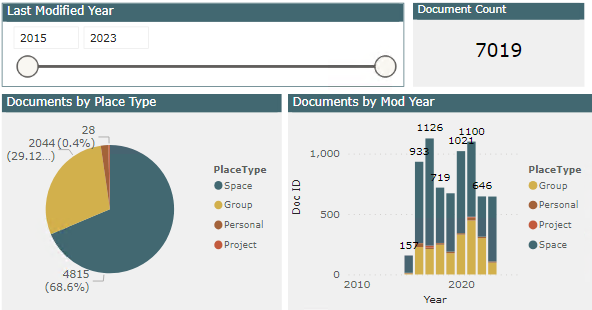
Additionally, the below picture demonstrates the Jive places where this content has been modified, providing you with insight into the specific locations within your system. The dynamic table shown in one of the pictures further assists you in exploring the data in more detail, enabling a deeper analysis and understanding of the content.
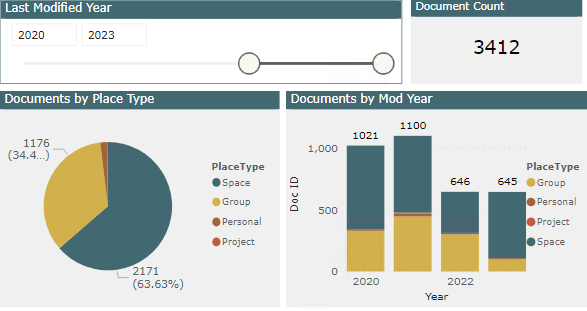
This kind of details allows our clients to focus on the relevant information within the desired timeframe, facilitating a smoother and more targeted migration process.
Files & Documents
We delve deeper into these content type in our reports. One such example is document. Through visually appealing charts and graphs, users can quickly understand the distribution and proportion of each document type. This Binary(Pdf’s, Word, Excel, images attachment etc) Vs Collaborative(Jive Documents) split analysis enables stakeholders to gauge the content diversity within the documents and identify any specific trends or patterns that may influence decision-making.
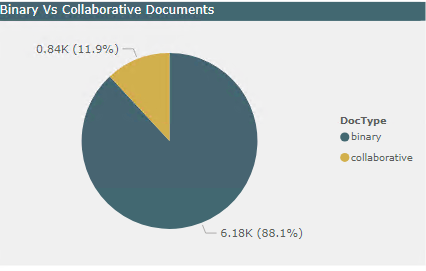
In addition to the factors discussed earlier, it’s crucial to consider additional aspects when assessing the inventory for a full migration. This includes evaluating multiple document versions, file sizes, and the prevalence of documents with multiple versions. Our report provides detailed insights into these statistics, empowering clients to make informed decisions about version migration and potential data archiving.
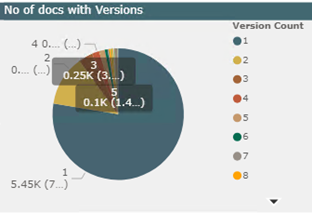
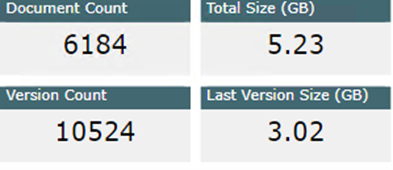
By understanding the scale and scope of the document data, stakeholders can make informed decisions regarding storage requirements, migration planning, and system optimizations. Furthermore, we include insights into document views, allowing stakeholders to determine the popularity and relevance of specific documents.
Discussions or Questions & Blogs
One more Important content type in Jive are discussions and blogs. Discussions can sometimes be classified as questions, making them a vital aspect of collaboration within Jive places. Knowing answers to questions such as Which type of Jive place primarily uses discussions? Communities or Groups? What is the usage trend of discussions over the years? where blogs are predominantly created Etc.

Understanding these different scenarios allows us to provide recommendations for migrating content from Jive to other platforms. For example discussions or blogs created in Jive Open Groups, it may be beneficial to move them to Yammer, utilizing hashtags to reach a wider audience. On the other hand, discussions and blogs from Jive Secret or Private Group Types could be migrated to Teams enabling seamless collaboration within a team environment. These recommendations aim to optimize content distribution and facilitate effective communication within the appropriate platforms.

Tags
Tags play a crucial role in generating participation and collaboration by helping users find relevant content. Understanding how these tags are distributed across different content types is essential for effective migration and decision-making.
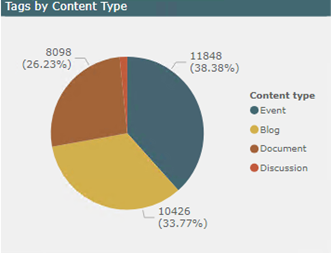
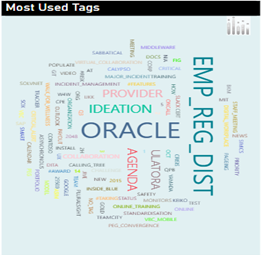
One option is to migrate the tags as enterprise keywords, preserving the existing tagging system. This ensures that the tags continue to serve their purpose in the target platform, such as SharePoint or other content management systems. By migrating tags as enterprise keywords, organizations can maintain a consistent and structured approach to content categorization and discovery.
Alternatively, stakeholders may choose to migrate the tags as topics in Yammer. This approach is beneficial when tags primarily facilitate discussions and knowledge sharing. By migrating tags as topics, users can categorize and follow specific areas of interest, fostering collaboration and engagement around those topics within the Yammer platform.
Conclusion
While data reports are invaluable in making informed decisions, there are instances where manual decision-making becomes necessary. For example, when determining whether to migrate personal content, cross-checking specific sites and examining the content directly can be crucial in reaching a decision.
Netwoven understands the complexities involved in migration processes and provides exceptional support throughout the entire journey. Our well-defined process ensures that clients are guided every step of the way, from initial assessment to post-migration support. Additionally, we conduct multiple workshops to enhance users’ knowledge of Microsoft 365, empowering them to make confident decisions during the migration process and minimize any potential regrets.
By combining data insights with personalized attention and training, Netwoven strives to deliver a seamless migration experience while addressing specific needs and considerations.

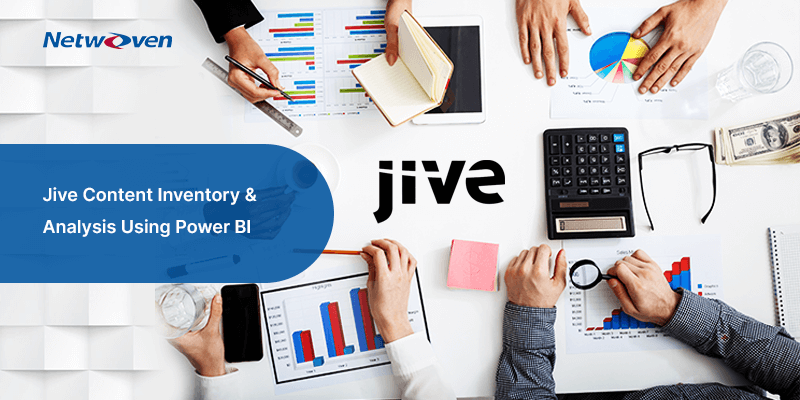



![[With Solutions] 7 Key Challenges for Google Drive to SharePoint Migration](https://netwoven.com/wp-content/uploads/2024/05/gdrive.png)

















very useful blog and pinpoint. shows importance of information in Jive content inventory and Analysis with power BI